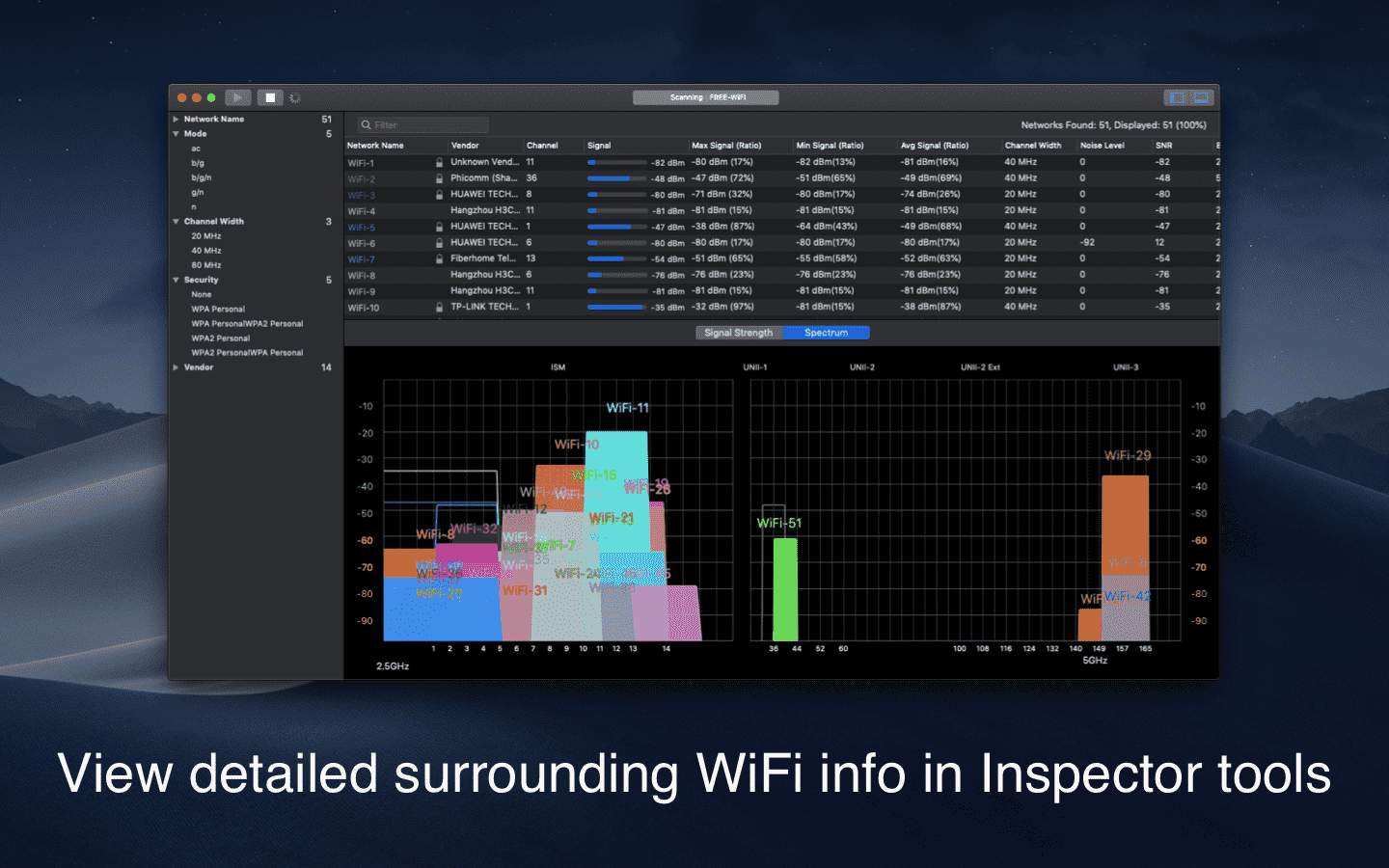

#mobiledevices #networking #network #security #wifi #router #cellularconnectivity However, it's important to note that having a fast internet speed on doesn't necessarily mean fast websites or apps. 📈 To determine if your internet speed is the issue or if there's a networking bottleneck, you can use tools like, which measures your internet speed and ping. According to SmallNetBuilder, the average 2.4 GHz WiFi speed is 33.4 Mbps, while the average 5 GHz WiFi speed is 135.9 Mbps. 2.4 GHz WiFi is slower but has better range, while 5 GHz WiFi is faster but has a shorter range. 📶 When using WiFi, the frequency band can also affect your internet speed. In fact, according to Google, SSL/TLS encryption can increase latency by up to 20%. 🛡️ Security: Security measures, such as firewalls or antivirus software, can sometimes slow down your internet connection by filtering data packets and increasing latency.
/cdn.vox-cdn.com/uploads/chorus_image/image/47823111/Ookla_Speedtest_HTML5.0.0.png)
According to Cisco, global internet traffic increased by 48% in 2020 due to the COVID-19 pandemic. 🌐 Traffic: Heavy internet traffic, such as during peak usage times or during major events, can cause network congestion and slow down your internet connection. For example, a user in New York accessing a server in Australia may experience latency of up to 200ms. Additionally, the geographical distance between your device and the website or app's server can cause latency and affect performance. 📡 Distance: If you're too far from your WiFi router or access point, your signal strength may be weak, causing slow internet speeds and buffering. Other factors that can cause networking bottlenecks include: 🔍 Networking bottlenecks can occur due to a variety of reasons, such as cross-globe latencies, slow upload links, or network congestion. 🚀🌐 Do you have a fast internet connection but still experience slow websites or apps? The issue might not be with your internet speed, but with networking bottlenecks.


 0 kommentar(er)
0 kommentar(er)
